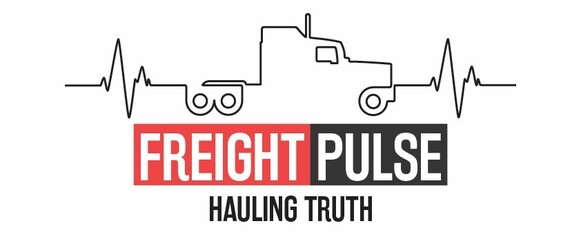Welcome to a New Year in Trucking
As we step into 2024, it’s time to reflect on the resilience shown in 2023 and look ahead to what the trucking industry might face this year. For those continuing or rejoining the trucking sector, understanding the key factors shaping our industry is crucial. These factors include the demand for freight services, the number of trucks on the road impacting competition and rate fluctuations, and the ever-important diesel prices.
Freight Volumes and Consumer Spending: A 2023 Recap and 2024 Outlook
In 2023, freight volumes showed remarkable resilience, buoyed by strong U.S. consumer spending. This unexpected robustness in consumer behavior played a significant role in sustaining freight volumes. However, as we enter 2024, experts like JP Morgan anticipate a slowdown in consumer spending. Factors such as diminished savings, plateauing wage gains, and a potential uptick in unemployment to around mid-4% by year’s end could contribute to this slowdown. This decrease in consumer spending could lead to reduced freight volumes, impacting demand in the trucking sector. While this could be beneficial for inflation rates, it raises concerns about reduced demand for trucking services.
Trucking Capacity and the Impact of Carrier Reduction
Another critical aspect to watch in 2024 is the trucking capacity, influenced by the number of active carriers. Data from ACT Research suggests that the surprising economic strength of 2023 may lead to a less stable year for freight in 2024. However, a contraction in supply could propel the trucking cycle forward, even in a slowing economy. Sonar’s data, sourced from the FMCSA, indicates a net negative change in trucking authorities in 2023, with 25,646 fewer carriers by year-end. This reduction follows significant increases in new carriers from 2020 to 2022, leaving the industry with a surplus of approximately 102,000 carriers compared to mid-2020 levels.
Market Dynamics and the Role of Contract Rates
The dynamics between contract and spot carriers are also pivotal. Contract carriers fared relatively better in the challenging climate of 2023, thanks to stable contract rates. However, as shippers renegotiate these rates to reflect current market conditions, we might see further downsizing and authority shutdowns. This adjustment process is critical for the market’s equilibrium but does not necessarily signal a return to the peak rates of 2021.
Looking Ahead: Diesel Prices and Market Equilibrium
Finally, diesel prices, a significant expense for trucking companies, are also a factor to watch. After peaking in 2023, diesel prices have started to decline, potentially easing cost pressures on trucking operations. However, the future trajectory of these prices remains uncertain and will be a key determinant of the industry’s financial health.

US Retail Diesel Price ($/gal) by FreightPulse Monitor
In summary, 2024 presents a complex mix of factors for the trucking industry. From consumer spending and carrier dynamics to diesel prices, each element plays a role in shaping the year ahead. While the market may move towards a more balanced state, it’s unlikely to replicate the highs of 2021. Instead, a focus on adaptability and strategic planning will be essential for success in this evolving landscape.

